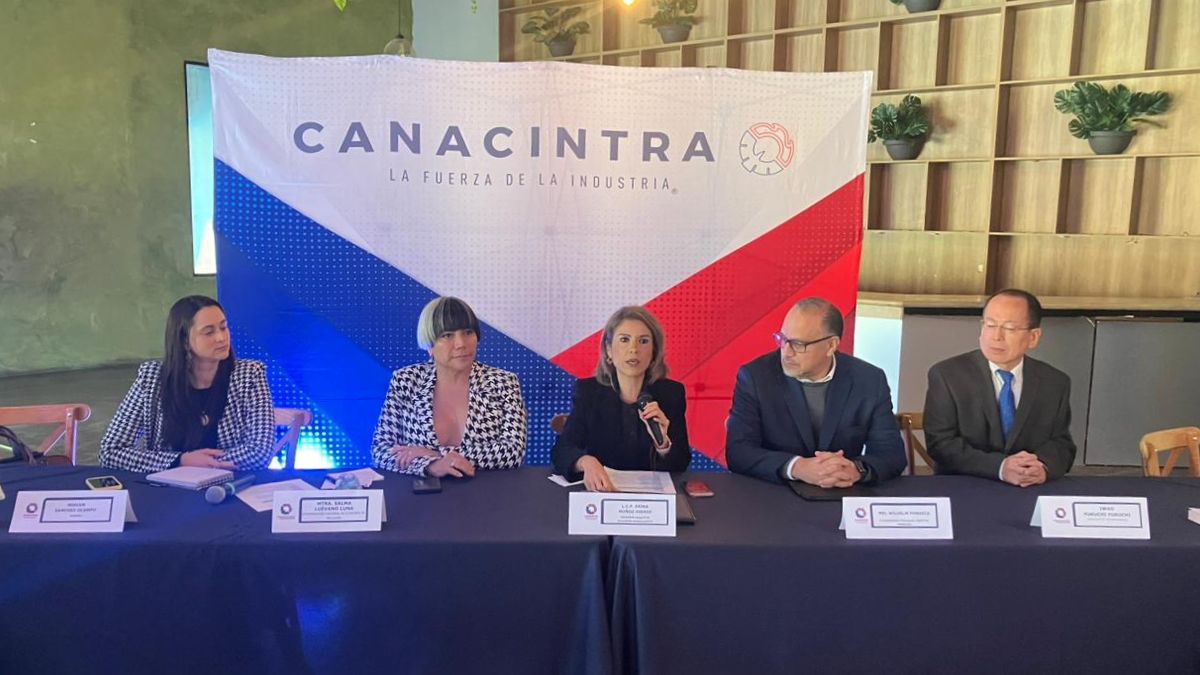Gender Equity: from Words to Action

Discover insights about gender equity: words action and their relevance in today's dynamic business environment.
I have witnessed how many organizations adopt gender equity policies and publicly commit to inclusion. However, those words do not always translate into tangible changes.
We women continue to face invisible barriers that limit our access to leadership positions. Despite representing a significant proportion of the most prepared talents, we are often underrepresented in the spaces where crucial decisions are made.
Necessary Changes to Achieve Gender Equity
In my early career, I was a pioneer in occupying positions that at that time were practically considered exclusive to men in high-level positions. Today, although the female presence has grown, progress, in my opinion, is still slow. This shows that, although policies are on paper, cultural structures must still evolve to sustain true inclusion.
In this sense, one of the biggest obstacles I have faced is the organizational culture rooted in gender stereotypes. Often, women must constantly prove our worth, while facing greater scrutiny than our male colleagues. In addition, the phenomenon of the “double burden” is a persistent reality: we are expected to be firm, but not too aggressive, competent but also approachable.
On the other hand, mentoring and sponsorship networks, essential for professional advancement, are not always designed to include us. In my case, I have had to build those networks with effort and, as I progressed, I also set out to open doors for other women.
A Reflection from Experience
Writing this article has led me to reflect on my career. Today I understand more clearly that true change is not achieved with good intentions, but with sustained action. Each commitment needs to be backed by concrete measures, and each policy must be reflected in daily practices.
I have learned that leading with consistency, being transparent in objectives and being accountable not only generates credibility, but also inspires others to follow suit.
For me, healthy female leadership is key to closing this gap. It is about leading with empathy, but also with firmness; about questioning the norms, but also about building bridges. When women in positions of power demonstrate that it is possible to generate exceptional results from an inclusive perspective, we open the door to a profound cultural change.
Common Mistakes
However, we cannot fail to make visible that even despite our best intentions, even as female leaders we can make mistakes that hinder the path towards gender equity. One of them is falling into “excessive demands”: imposing an almost unattainable standard to constantly demonstrate that we deserve our place.
This attitude, although well-intentioned, can generate exhaustion and perpetuate the idea that women must work twice as hard to be recognized.
Another common mistake is replicating traditional leadership models that exclude or demotivate. By trying to “fit” into male-dominated structures, we can miss the opportunity to introduce a more inclusive approach.
We can also fall into the temptation to compete among ourselves, instead of building support and collaboration networks. In this sense, a significant mistake is underestimating the power of example, since, as leaders, we must remember that our actions have a profound impact on those around us.
If we are not consistent with the values of equity that we promote, we send a contradictory message that undermines our own efforts.
<LinkPreview url=“https://www.liderempresarial.com/la-diversidad-e-inclusion-como-pilares-de-la-salud-empresarial/
But… how to Shorten the Gap?3945
From my role as a leader, I have learned that **true change begins with (https://www.liderempresarial.com/la-diversidad-e-inclusion-como-pilares-de-la-salud-empresarial/
But… how to Shorten the Gap?4151
From my role as a leader, I have learned that true change begins with concrete actions and sustained. Some strategies that I have implemented and promoted include:
- **Transparency and accountability**. Promote the creation of clear measurement systems to monitor progress in gender equity. This includes periodically reviewing salary gaps and promotion rates of women's profiles in key positions.
- **Mentoring**. I have mentored many women throughout my career, encouraging them to aspire to leadership roles and providing them with tools to overcome barriers. In addition, I have tried to use my position to sponsor talented women, ensuring that they have access to key opportunities.
- **Reconciliation policies**. For several years I have advocated for flexible work schemes and equitable parental leave. These policies not only benefit women, but also promote a healthy balance for all employees.
- **Cultural transformation**. In my opinion, one of the most difficult to achieve, since it is only possible through a clear alignment of purpose, which requires a commitment to be worked on day by day. One way to strengthen this point is through workshops and campaigns to challenge unconscious biases and promote a culture where women are valued and respected for their talent and contributions.
Key Elements to Close Inequality Gaps
A key element to close inequality gaps is promoting collaboration between men and women, working together beyond gender differences and focusing on individual talent and skills.
In my experience, diverse teams that value both male and female perspectives generate better results and foster an inclusive environment, so it is essential to invite men to be allies in this cause.
Equity is not an exclusive struggle of women. It is a collective effort that benefits all of society. This implies challenging traditional gender norms that also limit men, allowing them to fully participate in roles that promote equality, such as family care or inclusive leadership.
I have witnessed how initiatives that foster collaboration between genders — such as cross-mentoring programs and awareness workshops — have transformed the organizational dynamics. When men and women work side by side with a common goal, the barriers begin to crumble, and equity ceases to be an ideal to become a palpable reality.
Leadership Has no Gender6558
My experience has taught me that leadership has no gender. Leading with purpose, empathy and authenticity are qualities that transcend labels. True change occurs when we recognize that progress is not about replacing one dominant model with another, but about building an environment where each person has the opportunity to shine according to their talent and contribution.
Equity is not just a matter of justice. It is a critical factor for organizational success. Diverse teams are more innovative, resilient and productive. But achieving this diversity requires courage, persistence and a genuine commitment to translate words into actions.
I firmly believe that shared leadership between men and women is the key to catalyzing this change. Leading with purpose and authenticity inspires confidence and motivates others to join the cause.
Closing the gap between word and action is a complex challenge, but every step counts. From my position, I will continue working tirelessly to build a future where men and women occupy the spaces we deserve and where our voices are heard and valued.
More Articles

Bulltick Reinforces Its Wealth Management Strategy with a Focus on Trust and Results
Nov 18, 2025

How Many Electric Vehicles Have Been Sold in Nuevo León?
Nov 21, 2025

Aguascalientes Airport Reaches 811 Thousand Passengers Year-to-Date 2025: GAP
Nov 13, 2025

How Xignux Transforms Mario Kart into Social Impact?
Nov 27, 2025

How is Labor Poverty in Aguascalientes at the Close of Q3 2025?
Nov 27, 2025

What Benefits Will CANACINTRA's Productive Supply Chain Committee Bring to Aguascalientes Industry?
Nov 7, 2025
